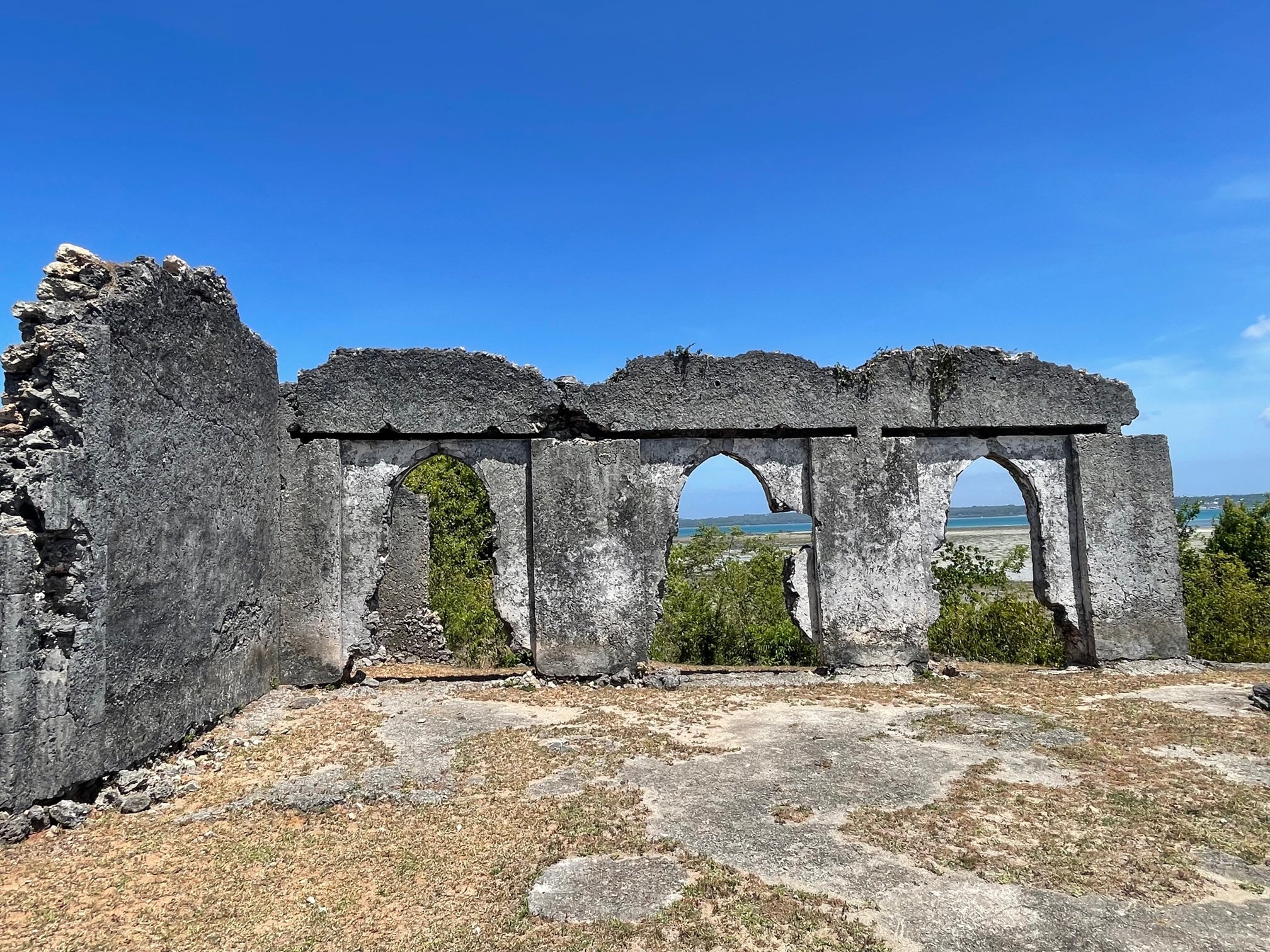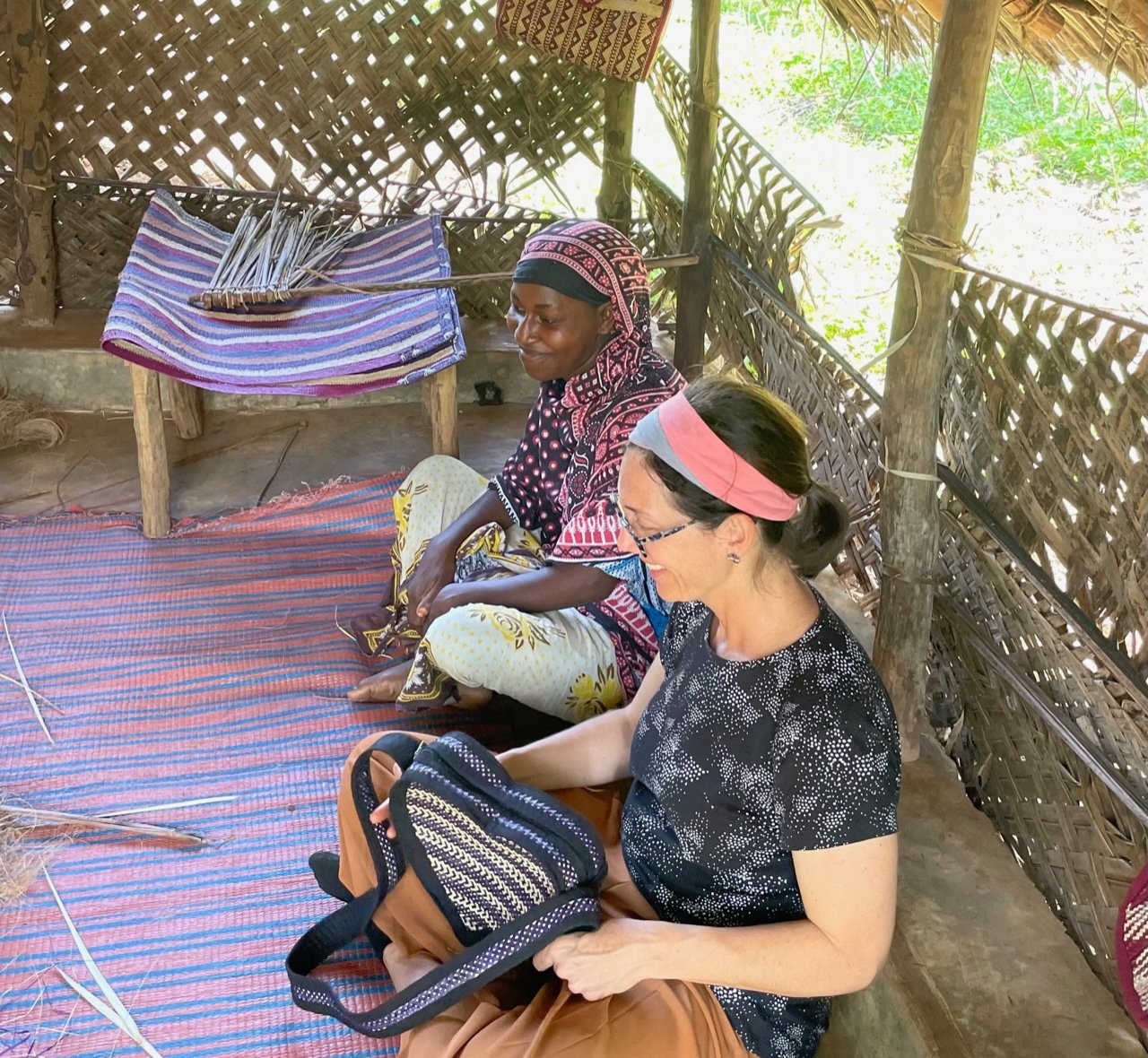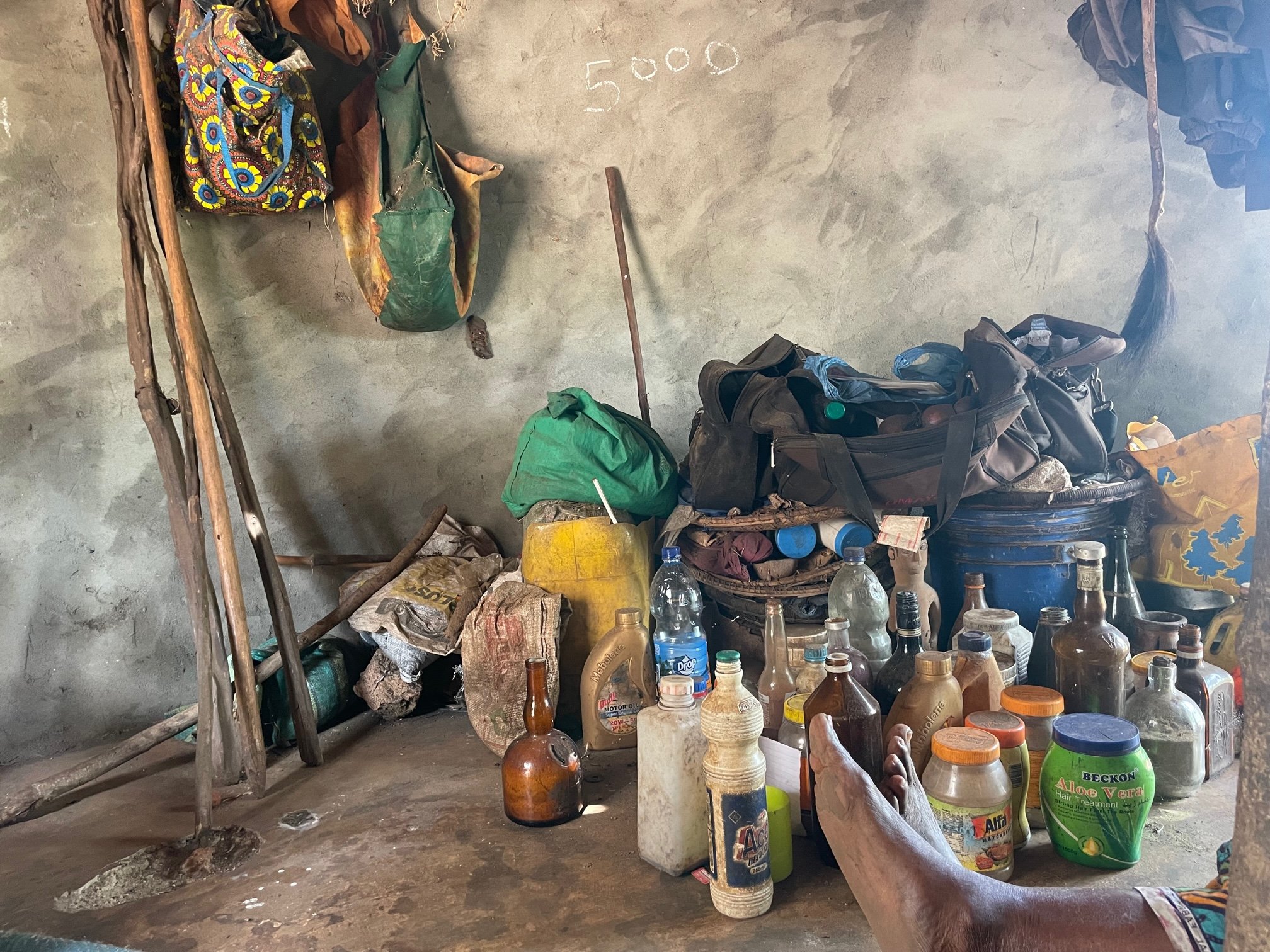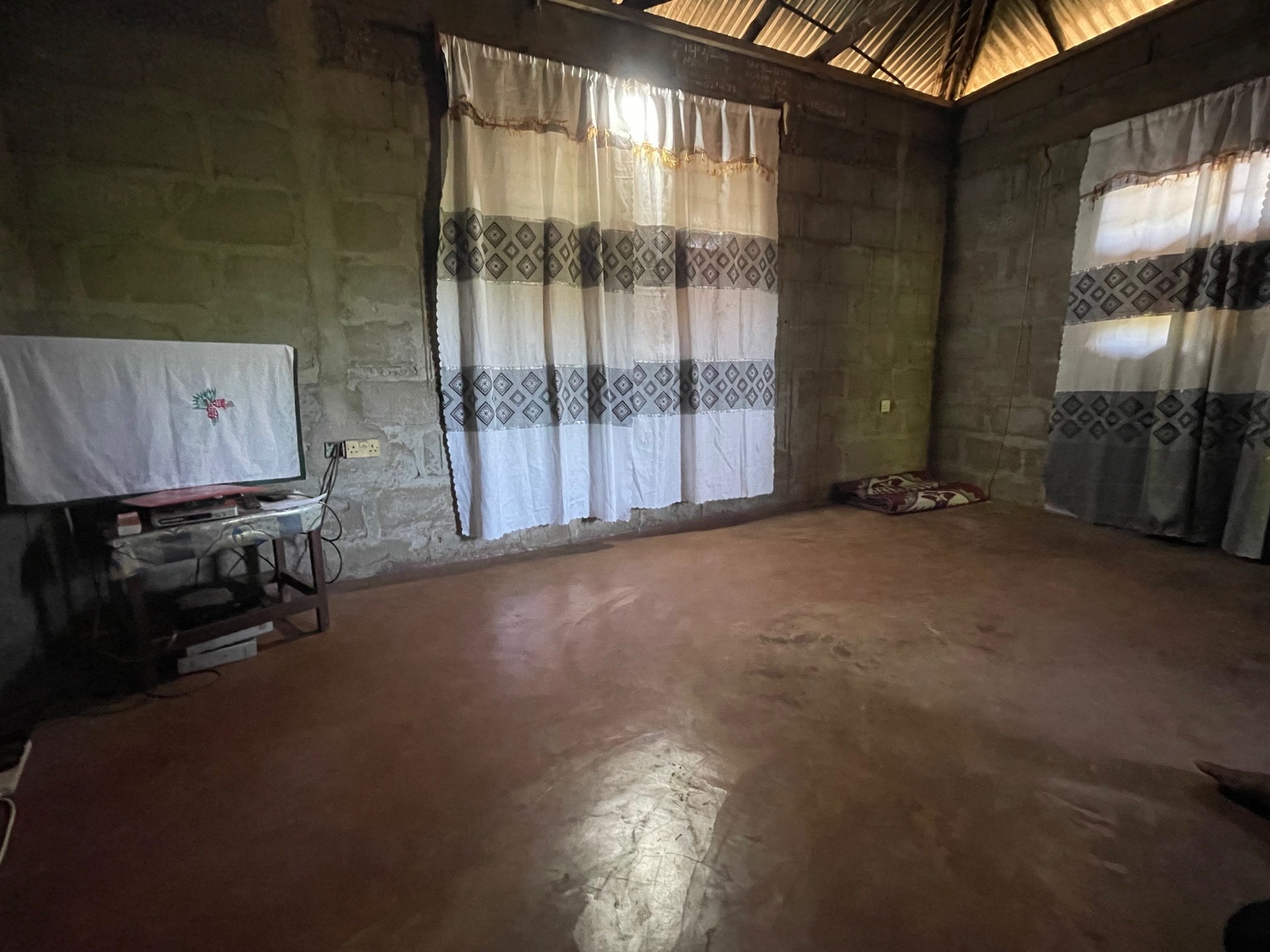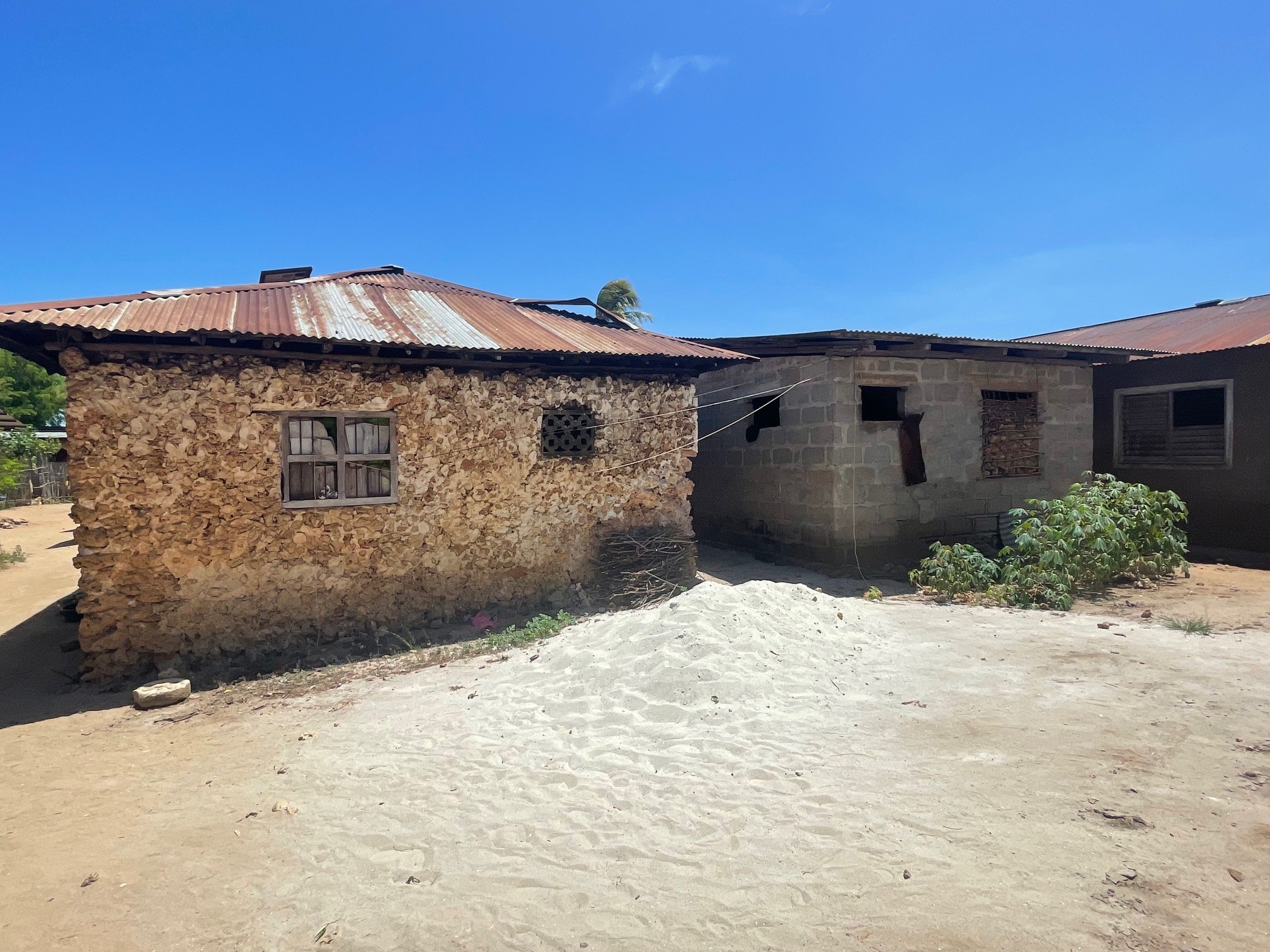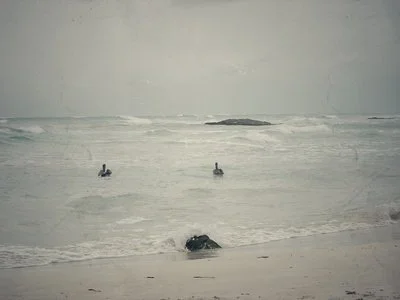Beyond the Beaches of Zanzibar: Cultural tours to Pete and Tumbatu
By Erin Coyle
On two cultural tours in Zanzibar, I got off the beaten path and beyond the shores to discover two villages, Pete and Tumbatu. It was a chance to see the other side of Zanzibar while helping to support the local villages.
After going around Jozani Forest, my guide, Mohammed, and I sat down with Habib, the man from Pete who started this village tour four years ago. His aim is sustainable tourism and supporting the livelihood of communities by giving employment to them. Habib explained that Amor, a guide in Jozani, also from Pete, would show us around. Habib wants tourists to understand his village, how the locals live, and how we are helping to support the community with our visit.
Traditions continue where people visit the local witch doctor or healer. There is a small circular brown mud hut with powders and oils from plants, such as Nkana, a powder resembling sandalwood used to cleanse the body to attract good business. The doctor was not there, but a woman from the village who sometimes helped him explained the process. I looked around at the medicine bottles and red and black cloth; the doctor wears to connect with the spirit before treating someone. I wondered if some spirit was in the room while we talked, creating goosebumps in my entire body.
Another way about 20-30% of women in the village make money is through handmade handicrafts. The women sell to hotels and outside places. Razaki, a woman with a big smile wearing a yellow floral dress and yellow and black hijab and scarf, makes bags from colored straw but also enjoys making string from the fiber of coconuts. She let me try putting string together. She placed two pieces of string while rubbing them together on her leg; however, when I tried, the string wasn't as tight as she made it. Her laughter and patience made me smile while she kept trying to get me to learn the technique. I appreciated the hard work it took to make a string to sell it. I also felt slightly embarrassed because of my lack of knowledge of coconut fiber string while remembering the effort and work it takes to produce textiles.
While canoeing to a mangrove, I noted how much joy it brought Razaki to make string and how proud locals like Amor were of their village. Amor also had a girl, Haithim, from Pete, who was also training to be a guide for this cultural tour. Habib also said he plans to have a homestay program soon. Village tours can be eye-opening, and it is also helpful to support smaller communities when traveling.
After Pete, I was able to book another village tour to Tumbatu Island.
I was on a small fishing boat with my guide, Mohammed, our driver Khalfan, and a local from the village. We were heading to Tumbatu Island from Mkokotoni in the north. Visitors need permission to enter the island and then meet with the chief to explain their intent for a visit. Ali greeted us and walked us toward the rectangular stone building while passing several mud homes along the way. Chief Ali Khamisi was out on business, so we met with Sleiman, who takes care of things when the chief is gone. Elected by the government, Khamisi has been the head chief for five months.
Sleiman warmly welcomed us and said the goal of the head chief, or Sheikh was to understand what the people needed. For example, if they need money for a dispensary, the people come to the leader, who sends the issue to the government. The village is divided into four sections, each with a chief elected by the locals. With more significant problems, such as no water, all the chiefs would meet with the head to discuss and find a solution.
Chief Ali eventually came inside, wearing a white t-shirt, red pants, and a yellow Kumar - a cap that the men wear. He also welcomed us and later said the best part about his job was connecting citizens to the government. I was delighted to be able to meet the chief but also slightly nervous, wondering if he would agree to let us take a tour of the village. So, Mohammed asked Ali how tourists could help. He replied that they could come here to see local traditions and learn the village's history to understand Tumbatu more. The village consists of farming and fishing, with eight percent of women making handicrafts for themselves and sometimes selling them in town.
Visiting this village also includes a short history of the island. Guests will meet other locals inside the primary office. An older man in a gray dishdasha resembling a robe and Kumar, appearing to be in his 70s, Mshenga Haji Sheha, will happily share the history, including explaining there is only one tribe, coming from a mix of Arabs and Africans, but there is no proper tribe name. After about twenty-five minutes or so, Mshenga asked if I had questions. Even though I was taking notes, I was overwhelmed that I did not know where to begin. I smiled and said he covered everything.
Those interested in mosques and history can see the first two mosques built in East Africa on this island. They made them once they started learning about Islam. The second mosque, Lombani, is still in use. The first one, Masjid Jame, is just the stone remains with sea views. We were the only ones visiting, and it was incredible to walk around and soak up this history.
These two villages were one of the highlights of my trip. I had a chance to learn the history, meet locals, learn how some of the women make money through handcrafts, and to be able to gain insight into the culture.
IF YOU GO:
The above tours were booked through Imran Jape. His Instagram is @imran_jape or City Guides Zanzibar. For Pete Village, visitors can email Habib at abdulhabib890@gmail.com.
Erin Coyle is a freelance travel writer living in Sur, the Sultanate of Oman. You can find her on Instagram @erinshotpot.

